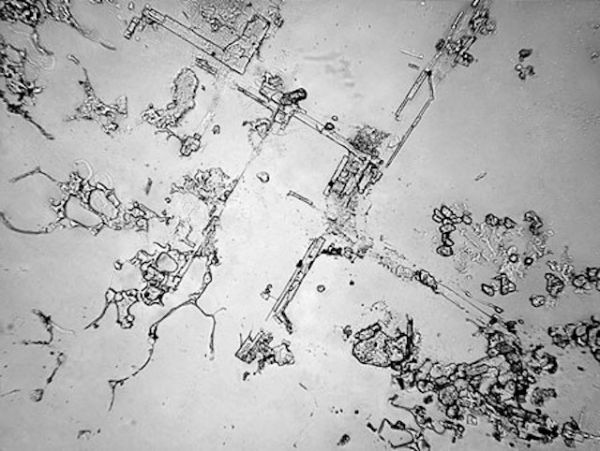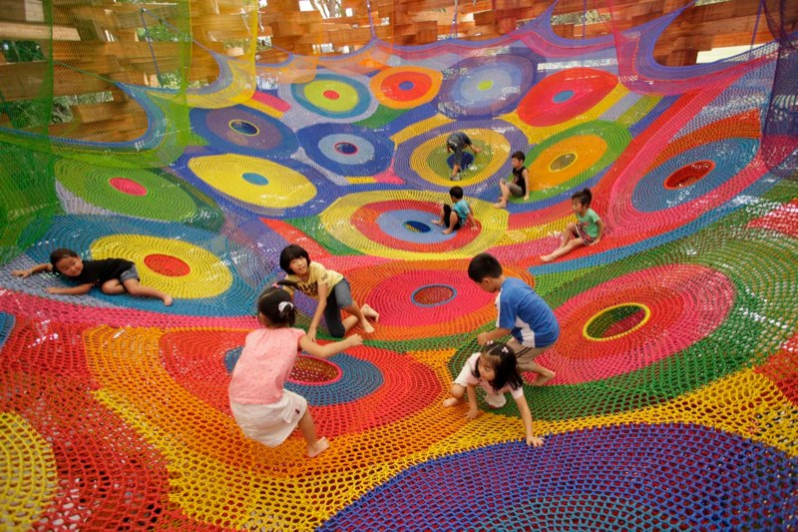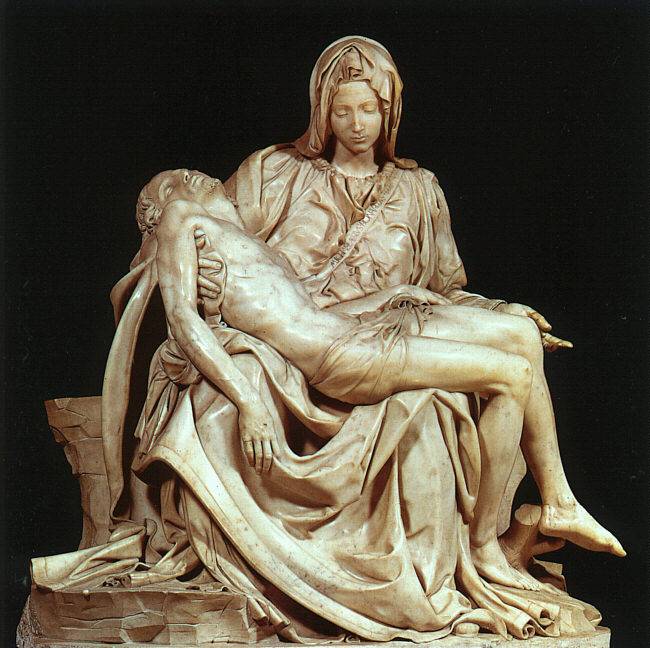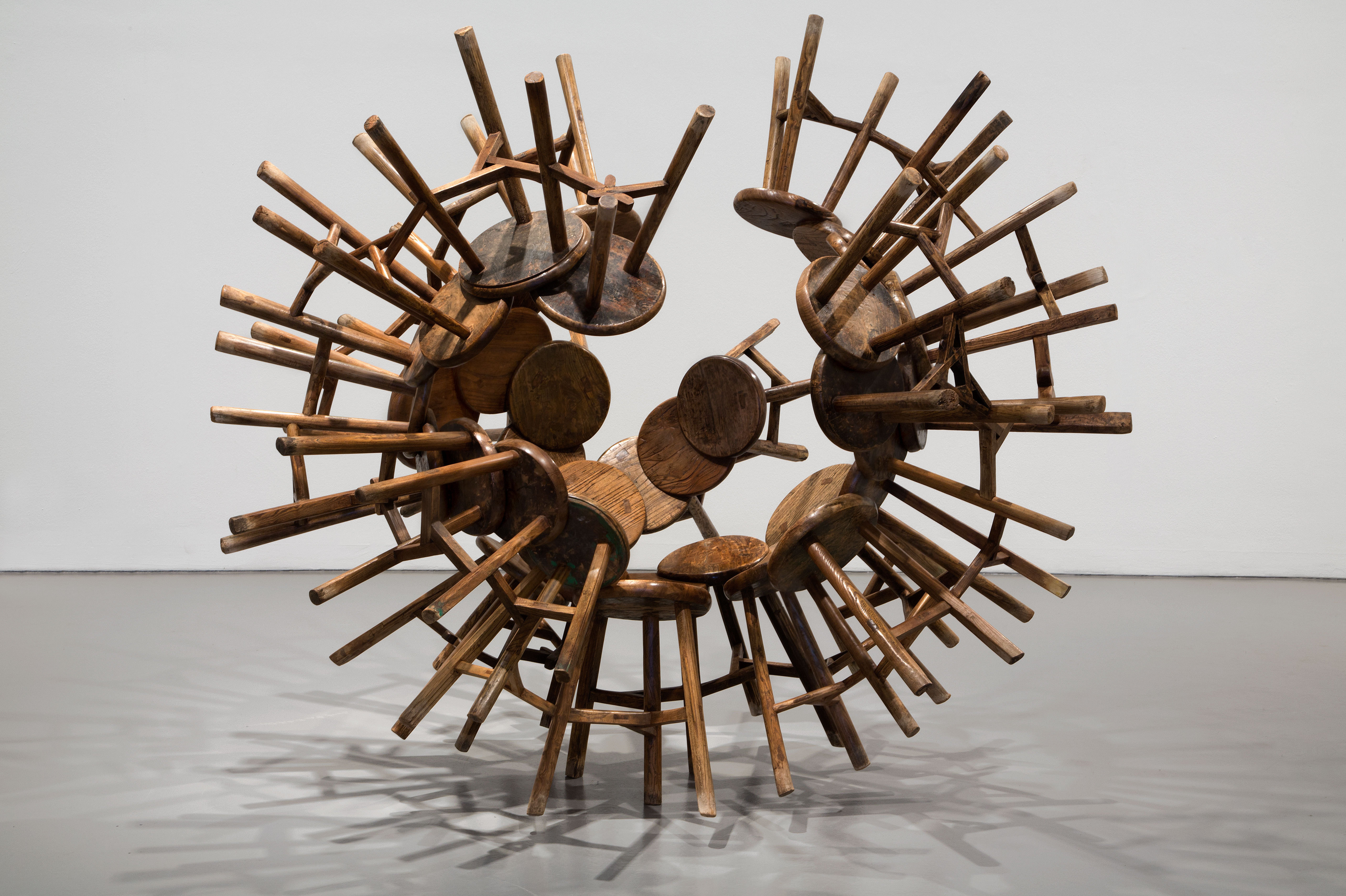TONY OURSLER(click for link) Part 1 of a 2 part series
Language and communication have been an interest of mine for years, and if I really think about it, since childhood. I have always managed to say things backwards, especially under stress. Things like Monkey's Uncle come out as Uncies Monkle. If you give me word scrambles I can often work them out easily without using pen and paper. It turns out dyslexia and learning disabilities run through the family.
My cousins son, who is a brilliant Harvard educated doctor and Phd. researcher has talked to other researcher's about studying our family's history because symptoms go from generation to generation. It skips some, but it surely landed on me! What it took me a lifetime to learn is it wasn't a disability but I just learned differently. When I came across Tony Oursler's work and his interest in language, visual clues, and story telling it was of great interest to me.
For over 10 years now I have been looking after my Mother who was the victim of a hemorrhagic stroke deep in the center of her brain. In the ensuing years I witnessed my Mother grasp for words to communicate, her mind getting stuck on one word and looping, and at times making up her own language to communicate. A building might be a vessel, and a duck was a Tommy given. There are other times my Mother would say whole sentences she seemed to understand, but make no sense to me. The odd thing these sentences followed the sentax and pattern of a words and conversation.
The other part of my life that led to an interest in the mind and language was teaching special education for many years. I taught blind, deaf, autistic, multiple handicap children and well as those below 25 IQ( a mentality of 3 months old). I became interested in what children could learn, how they perceived things and how the communicated down to the very lowest learning level. What I learned made me intensely curious about language, image, and the brain. And now I find it of interest in the art I create. How can I communicate what my Mother feels, what her brain perceives, and what parts of the brain are being tapped upon to relay information. For not only my Mother, but the universal understanding of language, image and communication. In Oursler's work I began to get insight into how I might approach the process.
In this piece I love the idea of the projected image on to the soft sculpture.
Oursler uses a projected image in much of his work.
The image is distorted and that to me conveys the distortion of
communication.
Oursler began working with small LCD video projectors in 1991 in his installation The Watching presented at documenta 9, featuring his first video doll and dummy. This work utilizes handmade soft cloth figures combined with expressive faces animated by video projection. Oursler then produced a series of installations that combined found objects and video projections. Judy (1993) explored the relationship between multiple personality disorder and mass media. Get Away II features a passive/aggressive projected figure wedged under a mattress that confronts the viewer with blunt direct address. These installations led to great popular and critical acclaim.[citation needed]" from Widapedia
*all images are from google and used for the sole purpose of art advocacy,art education, and to highlight artists.
 |
| Tony Oursler Installation Art from google image for the sole purpose of art advocacy |
Language and communication have been an interest of mine for years, and if I really think about it, since childhood. I have always managed to say things backwards, especially under stress. Things like Monkey's Uncle come out as Uncies Monkle. If you give me word scrambles I can often work them out easily without using pen and paper. It turns out dyslexia and learning disabilities run through the family.
 |
| Vox Vernacular by Tony Oursler This image was projected on the outside of the Tate Musuem in London. |
 |
| Tony Oursler Video Art Pioneer |
| Tony Oursler |
The other part of my life that led to an interest in the mind and language was teaching special education for many years. I taught blind, deaf, autistic, multiple handicap children and well as those below 25 IQ( a mentality of 3 months old). I became interested in what children could learn, how they perceived things and how the communicated down to the very lowest learning level. What I learned made me intensely curious about language, image, and the brain. And now I find it of interest in the art I create. How can I communicate what my Mother feels, what her brain perceives, and what parts of the brain are being tapped upon to relay information. For not only my Mother, but the universal understanding of language, image and communication. In Oursler's work I began to get insight into how I might approach the process.
 |
| Tony Oursler Installation Artist |
In this piece I love the idea of the projected image on to the soft sculpture.
Oursler uses a projected image in much of his work.
The image is distorted and that to me conveys the distortion of
communication.
Oursler began working with small LCD video projectors in 1991 in his installation The Watching presented at documenta 9, featuring his first video doll and dummy. This work utilizes handmade soft cloth figures combined with expressive faces animated by video projection. Oursler then produced a series of installations that combined found objects and video projections. Judy (1993) explored the relationship between multiple personality disorder and mass media. Get Away II features a passive/aggressive projected figure wedged under a mattress that confronts the viewer with blunt direct address. These installations led to great popular and critical acclaim.[citation needed]" from Widapedia
*all images are from google and used for the sole purpose of art advocacy,art education, and to highlight artists.













































